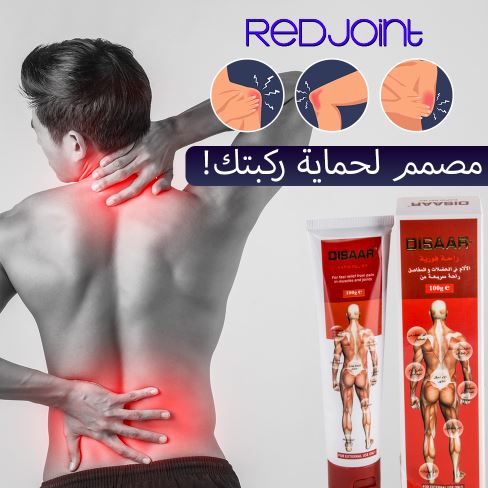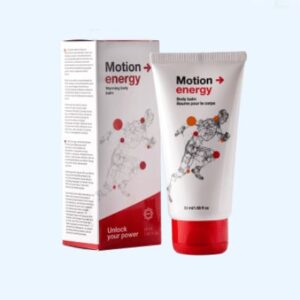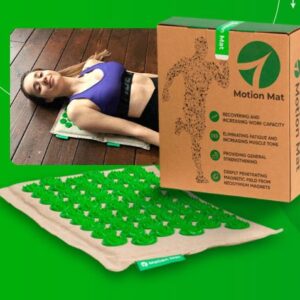1. Thanks to RedJoint – Your joints will thank you
- RedJoint eliminate pain in the knee;
- RedJoint protect the knee from abrasion and injury;
- RedJoint reduces varicose veins behind the knee.
- Absorbs quickly and leaves no stains on clothes
- Stimulates the recovery of bone tissue for health and endurance;
- The effectiveness of RedJoint Сream is provided by the 100% natural composition of healing plants that have a soothing and healing effect.
- With RedJoint, walk and enjoy life without fear of new injuries!
- The main causes of arthritic and knee wear are:
+ Age factor – symptoms most often appear in the 30-40 age group;
+ Sedentary lifestyle – stagnation of blood in the knee joint leads to wear and tear and death;
+ Trauma – improper tissue and joint restoration is one of the reasons for exacerbation of the disease;
- Red Joint is designed to protect your knees!
The effectiveness of RedJoint Сream is provided by the 100% natural composition of healing plants that have a soothing and healing effect.
With RedJoint, you will forget about joint pain for a long time! Herbal ingredients work at the heart of the problem, reducing pain and inflammation in the most subtle way, without disturbing the internal processes of the body. RedJoint Cream care and 100% safe!
2. What do customers say?
- Jamal Daoud
RedJoint has done what many other ice creams have not done! After the injury, I stumbled for a long time because of the lengthy rehabilitation process. I tried this cream and was amazed not only by the pleasant aroma but also by the results. Within a month, I was completely limp and even the scar on my leg was less noticeable! I recommend to all athletes!
- Leila
I love extreme sports and often suffer from injuries, so this cream is always in my backpack. I tried it for the first time a year ago and it has become my favorite among healing creams. No smell, doesn’t burn my skin, doesn’t stain clothes and really works. It will treat the bruise in two days and it only takes a week for the wound to heal! I feel very happy with it!
- Mercy
I am 100% satisfied with this cream! A great helper when working on the construction site. Injuries happen almost daily, especially to my knees and back, so I always keep them in my toolbox. Relieve pain and get you back to walking faster than usual!
3. What to do when knee osteoarthritis?
- What is Knee Osteoarthritis?
Osteoarthritic of the knee (also known as osteoarthritic of the knee) is the wear and tear of the natural cushioning between the joints (cartilage). When this happens, the bones of the joints rub together harder, leading to pain, swelling, stiffness, reduced mobility, and sometimes the formation of bone spurs in the knee area. (2)
- Causes of knee osteoarthritic
The most common cause of knee osteoarthritic is age. Because cartilage’s ability to heal itself decreases over time, most people will develop osteoarthritic as they age. However, there are a number of factors that cause joints to degenerate at an earlier age, which are:
- Weight
When your body is overweight – obese, a large load will increase pressure on all joints, especially the knees. Research shows that every time you gain 0.45kg of weight, you will also increase 1.35 – 1.8kg of weight above the knee.
- Genetic
These factors include genetic mutations (which make a person more likely to develop osteoarthritic in the knee at a young age) and an abnormal shape of the bone that surrounds the knee joint (which makes the cartilage more susceptible to premature degeneration). ).
- Sex
Women 55 and older are more likely to develop osteoarthritic of the knee than men.
- Repetitive knee injuries
People who regularly perform movements that put stress on their joints, such as kneeling, squatting or lifting heavy objects (25kg or more), have a higher risk of osteoarthritic.
- Sports athlete
People who play football, tennis, and track and field – sports that require a lot of knee movement – are at a higher risk of developing knee weakness. This risk is even higher if the athlete sustains an injury during exercise.
- Some other musculoskeletal diseases
People with rheumatoid arthritis — the second most common type of arthritis — are more likely to also develop osteoarthritis. Besides, patients with certain metabolic disorders, such as excess iron or excess growth hormone, are also prone to osteoarthritis.
Athletes who play sports that use the knee a lot, such as athletics, football, and tennis, have a higher risk of developing the disease.
4. Knee osteoarthritis has 4 stages, each stage is characterized by different symptoms and signs:
- State 1
Knee osteoarthritis stage 1 often has no obvious symptoms. The patient will not feel pain or discomfort because the wear between the components of the joint is negligible.
- Phase 2
This is considered a mild stage of the disease. At this point, an X-ray of the knee joint will show that the space between the bones has not been narrowed, and the bones are not rubbing against each other. At the same time, enough synovial fluid is maintained for normal joint movement.
- However, this is the time when a person may experience the first symptoms: pain after a long day of walking or running, stiffness that is worse when not moving for several hours, or pain when kneeling/bending.
- Stage 3
Stage 3 of osteoarthritis is classified as “moderate osteoarthritis”. During this stage, the cartilage between the bones shows obvious signs of damage, and the space between the bones begins to narrow. People with stage 3 knee osteoarthritis are likely to experience frequent pain when walking, running, bending, or kneeling. They may also experience stiffness after sitting for long periods of time or waking up in the morning. Meanwhile, joint swelling will appear if the patient moves continuously for a long time.
- Stage 4
Stage 4 osteoarthritis is considered “severe”. When the disease has progressed to this stage, the patient will feel very pain and discomfort when walking or moving the joint. That’s because the space between the bones is greatly reduced – the cartilage is barely intact, causing the joint to stiffen and sometimes become immobile. The amount of synovial fluid is also reduced and is no longer responsible for reducing friction between the moving parts of the joint.
Click here to view and order
See also Our Store


